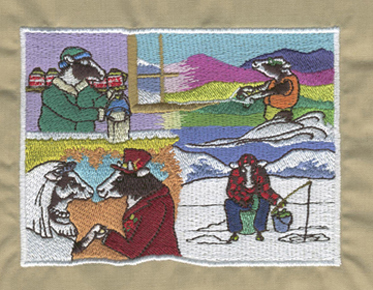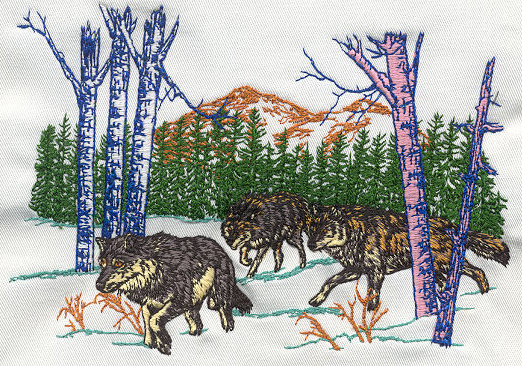Seamless Conversion: The Art and Science of Vector Graphic Transformation
In the world of digital design, the process of transforming images and graphics into vector format is nothing short of an art form. It's a delicate dance of precision, creativity, and technology, often referred to as vector graphic transformation. In this blog post, we will embark on a journey to explore the intricacies of this art and science, and the crucial role it plays in various industries.
The Art of Vector Graphic Transformation
At its core, vector graphic transformation is the art of taking images and graphics, often in pixel-based formats, and converting them into vector graphics. But what exactly are vector graphics, and why are they so essential?
Vector graphics are composed of mathematically defined shapes and lines, allowing them to be scaled infinitely without any loss in quality. This is in stark contrast to raster graphics, which are composed of pixels and tend to lose clarity when enlarged. The art lies in translating the complexity of a pixel-based image into a set of mathematical equations that define the image's curves, lines, and colors.
The Science Behind the Magic
The science of vector graphic transformation involves complex algorithms and mathematical computations. Converting a pixel image to vectors is akin to solving a puzzle where each piece of the image needs to be described with mathematical precision.
This transformation process often involves the use of specialized software and skilled graphic designers who understand the nuances of both pixel and vector-based graphics. The software helps interpret and convert the image while retaining the details and nuances of the original.
Applications Across Industries
Vector graphic transformation finds applications across various industries, from fashion and printing to branding and web design.
1.Fashion Design: Fashion designers use vector graphic transformation to create scalable patterns and designs that can be applied to various clothing items. This technology ensures that intricate patterns remain consistent in quality, whether on a small accessory or a large garment.
2.Printing: Printers use vector graphics for large-scale projects like billboards and banners, as they can be scaled without loss of quality. The precision and scalability of vector graphics make them ideal for delivering sharp and high-resolution prints.
3.Branding: Companies rely on vector logos for consistent branding across different media. A vector logo maintains its clarity and can be resized for business cards or billboards, all while preserving its original design integrity.
4.Web Design: Vector graphics are a staple in web design, ensuring that websites load quickly and look sharp on any device. Scalable vector graphics (SVG) are especially valuable for responsive web design, adapting smoothly to different screen sizes and resolutions.
Benefits of Vector Graphic Transformation
The benefits of vector graphic transformation are numerous. It allows for scalability, meaning a single design can be applied to various surfaces and in various sizes. Vector graphics also tend to have smaller file sizes, making them ideal for the web.
One of the critical advantages is the preservation of clarity and detail, no matter the size of the graphic. This ensures that the final product looks as good as the original design, whether it's a business logo on a billboard or a pattern on a piece of clothing.
Eagle Digitizing's Role
Eagle Digitizing is a name synonymous with excellence in vector graphic transformation. Their team of skilled designers and state-of-the-art software ensure that every transformation is seamless and precise. Their commitment to delivering top-quality vector graphics has made them a trusted partner for countless businesses and designers.
The Evolving Landscape
As technology advances, vector graphic transformation continues to evolve. The integration of artificial intelligence (AI) and machine learning is streamlining the process further, making it faster and more accurate. This transformation will lead to even more efficient vector graphic conversion, expanding its applications into new domains.
In conclusion, vector graphic
transformation is a blend of art and science, where creativity and technology
unite to preserve the integrity of designs across various applications. As
industries continue to evolve, the importance of vector graphic transformation
in achieving clarity, consistency, and quality in digital design is set to
grow. It's a testament to the power of art and science working in harmony to
enhance the visual world around us. From fashion runways to digital billboards,
vector graphic transformation plays an essential role in shaping our visual
landscape.


